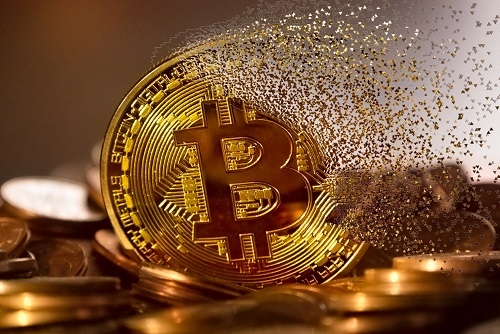Inflation update
6th September, 2023 | By Michael Hall, head of distribution at Spectrum Markets

By Michael Hall, head of distribution at Spectrum Markets
Although the worst seems to be over, Eurozone inflation remains high. Clear differences in price development exist between the Euro area, where inflation stood at 5.3%[1] in August and the USA at 3%[2]. There are also significant imbalances within Europe and even the Eurozone. Spectrum Markets’ head of Distribution, Michael Hall, looks into the reasons why and asks what conclusions can be drawn about future developments.
Differences between the USA and Europe
An often cited reason for the transatlantic inflation divergence is that the Fed[3] started its rate hike cycle earlier than the ECB[4]. That may be true, but two aspects are worth looking into in this context. One is the question of whether the ECB’s monetary action would have been delayed because of deviating interpretations of the causes of the inflation, or whether there has also been a delay in prices starting to rise. In the US, inflation climbed beyond the Fed’s price stability target[5] of 2% in March 2021. In Europe – the ECB has been committed to the same target – prices began to increase at a rate of more than 2%1 in July of the same year.
This directly leads to the second and more important aspect. If there is a mismatch in inflation coming to pass, there must be structural causes for this discrepancy, even if the origins of inflation were identical and cyclical in nature. That is, while the root cause may be the same, structural differences may lead to different developments the addressing of which, in turn, unfolds at different paces. As the ECB states, one of the most significant differences between American and European inflation is that European inflation is mainly supply-driven whereas in the US it is much more demand-driven. However, cause and effect shouldn’t be confused.
How can the world’s largest economy, which on top of everything is much more dependent on imports than Europe, be less vulnerable to supply-chain shocks? The answer is, it’s not. This shows that the said difference with a view to inflation can be easily misinterpreted as it relates to the different absorption mechanisms, i.e., the effects of inflation and not its causes. In other words, the role of private consumption in the US economy or the much more dynamic labour market cause inflation to unfold faster with it being more sensitive towards central bank monetary action or fiscal policy stimulus and thus to be contained earlier.
Differences within Europe
There are different inflation rates, not just across Europe where non-euro countries’ local currency fluctuations reflect the current state of the relevant economy and help to either add to or reduce inflation. But across the Eurozone, there are differences, too. Germany, for example, reported an inflation rate of around 6.5%1 in July, Spanish inflation stood at 1.6% in June, while in Luxembourg, it was just 1%.
Focusing on the single-currency zone brings us closer to the main causes of inflation – the ramifications of the Covid-19-pandemic including the resulting recovery measures and the Russian invasion of Ukraine. There’s a clear link between double-digit inflation rates in the Baltics and their former interconnectedness with the Russian economy both in terms of energy and food. However insignificant some economists claim the influence of energy prices on inflation to be, those countries who have done the most to reduce their dependence on Russian energy supply did best in terms of overall price increases.
How stubborn will inflation be?
The ECB analyses a lot of different aspects in order to determine what drives inflation and how persistent it is likely to be. Where it must fail, or at least get close to its limits, is the quantification of the effects attributable to irrational or opportunistic behaviour.
Economists talk about the demand-pull-effect inflation when the aggregate demand grows faster than the aggregate supply or the cost-push-effect inflation which arises when production price rises – as a result of rising commodity prices or wages. There is inflation as a consequence of money-supply-tightening and there is built-inflation when prices increase because of the pure expectation that they will rise. And the latter is increasingly the focus of central banks.
As the ECB put it in their meeting minutes from March of this year, “the evolution of profits compared with that of wages suggested that wages had had only a limited influence on inflation over the past two years and that the increase in profits had been significantly more dynamic than that in wages”. What this means is if corporates had just passed on higher costs to clients, this would have been profit-neutral. This, phenomenon is referred to as “Greedflation” or “Winflation” and although it is difficult to prove, the ECB review suggests it’s actually taking place and that the degree of its continuation will have an impact on inflation.
According to its own statement, the ECB is seeing the first signs of its drastic monetary tightening operations being effective. However, it expects them to have fully unfolded only by the end of this and the beginning of next year respectively.
[2] https://www.bls.gov/news.release/pdf/cpi.pdf as of July 2023
[3] Federal Reserve System, the U.S. central bank
[4] European Central Bank


